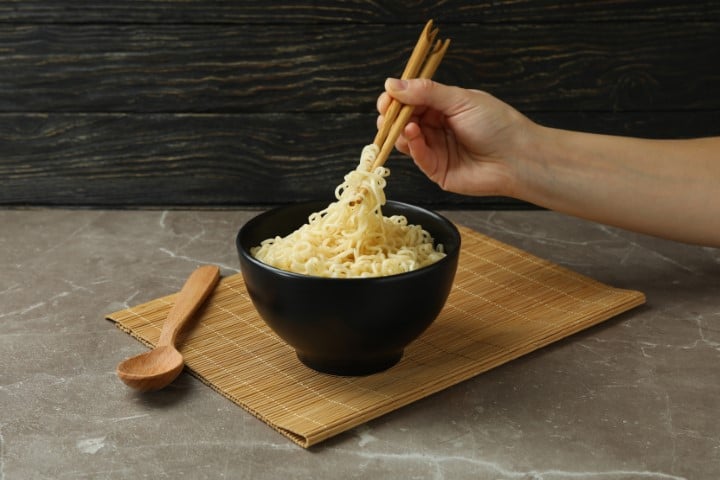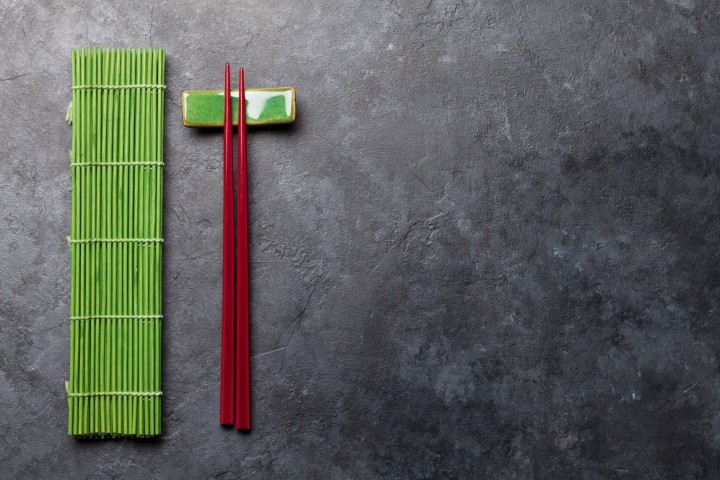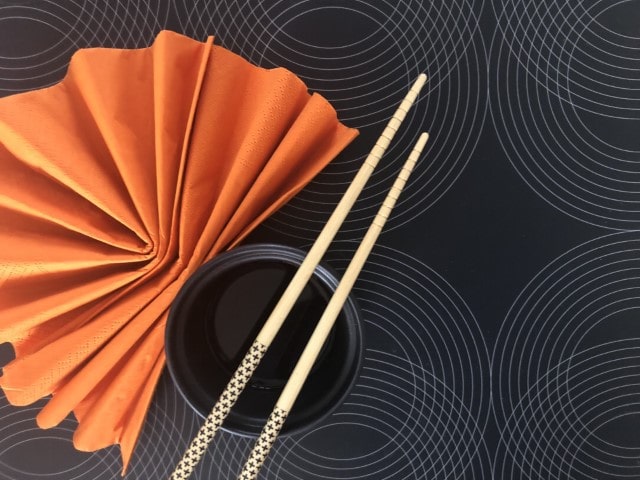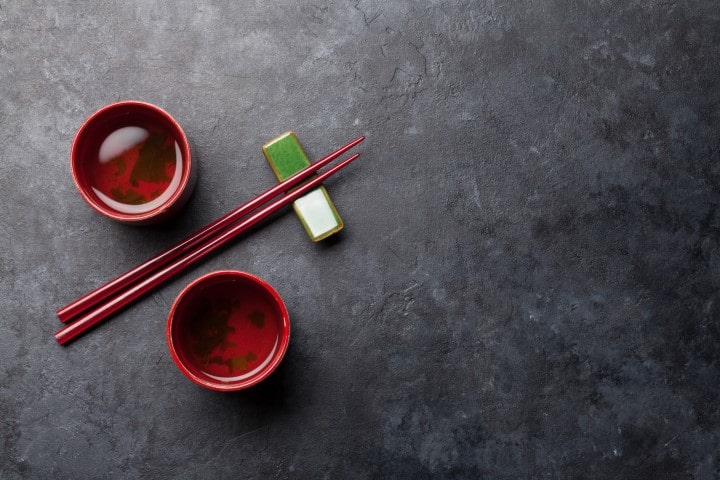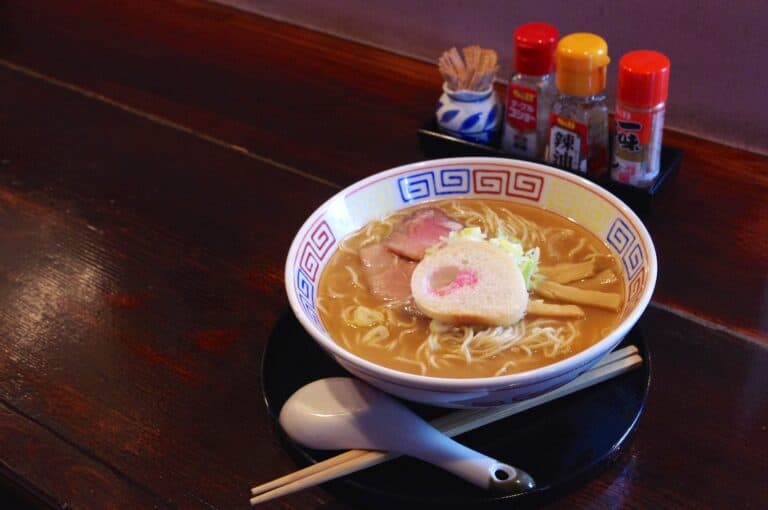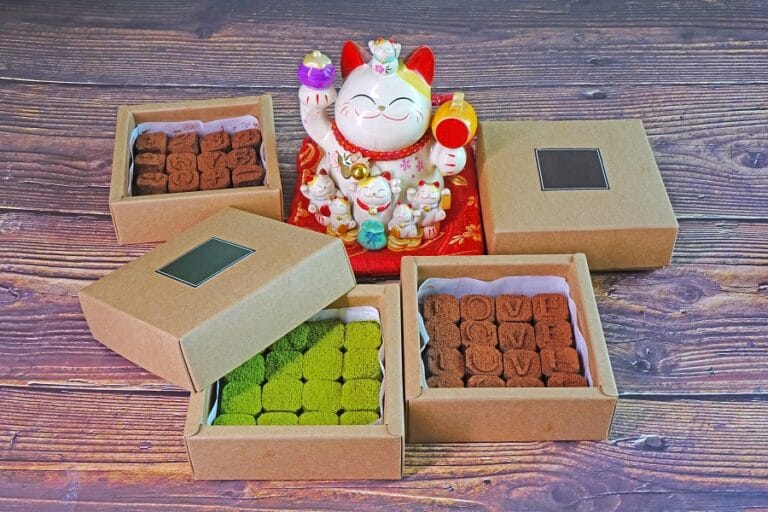Chopstick Etiquette: What You Should Know Before Visiting Japan
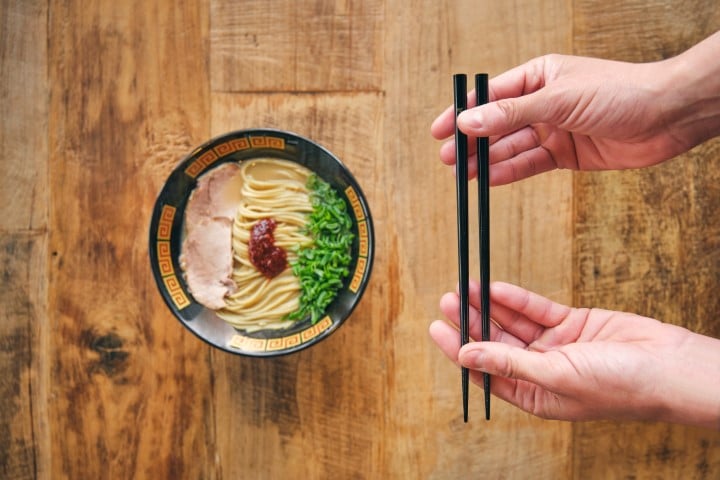
In some cases, we earn commissions from affiliate links in our posts.
Despite their widespread usage in Asia, chopsticks haven’t taken off in popularity in the same way in Western countries. For those unfamiliar with these sticks used for eating, it may come as a surprise that these deceptively simple-looking tools have a protocol attached to them.
While chopstick etiquette and Japanese dining manners as a whole share many similarities with Western table manners, there are unique cultural aspects of chopstick usage in Japan that are important to be aware of. Different countries have different social norms and you don’t want to embarrass yourself in front of your new Japanese friends, your foreign host family, or the entire ramen restaurant!
Here’s what you need to know in order to show off your best manners through good Japanese chopstick etiquette.
Table of Contents
Chopsticks- the food utensil of choice in Japan
Called hashi in Japanese, chopsticks were introduced to Japan through China and quickly spread in popularity. The most common kind are disposable and are made from bamboo, but you may find yourself holding chopsticks crafted from wood, plastic, metal, and even ceramic. Today, the parallel food eating sticks are as ubiquitous in Japan as ramen, sushi, and green tea.
They may not look like much, but mastering these food sticks can make the difference between feeling confident in a new country versus being the center of a social disaster. Japan is a country that takes manners seriously- so it is well worth the time to study up and learn proper chopstick etiquette!
Whether you are planning a fun vacation or are hoping to move to Japan, it is guaranteed that you will be presented with a pair of chopsticks when you go out to eat or accept an invite to a Japanese person’s house. As spoons are usually only reserved for certain kinds of soup dishes, chopsticks are more often than not the sole utensil you will receive when you sit down to eat in Japan.
Chopsticks are likely all you’ll have- so make sure to put your best manners on display and use them well!
Chopstick Taboos
It may seem like a lot of strange rules at first, but as you learn about chopstick etiquette you’ll find that there are reasons behind most chopstick expectations. If you haven’t already, consider studying up on Japanese customs, as this cultural knowledge goes hand-in-hand with your lessons in chopsticks.
Here are a few things you should avoid doing while eating with chopsticks in Japan:
DO NOT: stick chopsticks upright in food
If you want to take a breather from eating, you may be tempted to stick your chopstick securely in your food as you take a break. However, in Japan, bowls with chopsticks propped up in the rice are given as offerings to the dead. Doing so in the wrong situation is seen as disrespectful and should most definitely be avoided.
DO NOT: rub chopsticks together
You may be used to cracking open a pair of chopsticks and rubbing them together like sticks to get rid of any splinters. Feel free to do this at home with cheap take-out chopsticks, but if you are eating out at a Japanese restaurant, rubbing chopsticks is a sign to the staff that you think their chopsticks (and thus the restaurant as a whole) are cheap and low-quality.
DO NOT: forget to swap sticks
When you are eating shared Japanese dishes that have one central bowl or plate for the whole table (such as shabu shabu hot pot or the large Japanese savory pancake called okonomiyaki) be sure to keep track of the utensils available. There will be special utensils (a spoon, ladle, spatula, etc.) for the group to use. Use this common utensil to scoop food from the middle dish onto your own small plate. Then, return that utensil for everyone else to use and switch to your personal chopsticks as you dig in to something delicious.
DO NOT: gesture with chopsticks
In Japan, even prolonged direct eye contact is seen as being a bit invasive. So whatever you do, don’t put your friends or passerby on the spot by pointing at them with your chopsticks. This carries over to inanimate objects as well! To show your best etiquette at the table, don’t gesture or point with your chopsticks.
DO NOT: wear your utensils
Those with long hair may know how useful a stick can be for securing hair in a lovely and stylish bun. But this isn’t the Little Mermaid, so don’t confuse utensils meant for eating with kanzashi– a special decorative hair stick meant to tie back long locks and style gorgeous hair arrangements. Kanzashi are easy and fun to wear and they make a great souvenir- but, unlike chopsticks, they certainly aren’t meant to be used with your food!
Good Chopstick Etiquette
Now that we’ve covered the biggest chopstick no-nos, here’s what you should be doing to show off your excellent manners and respectful chopstick etiquette:
DO: hold chopsticks correctly and respectfully.
While there isn’t one universally accepted way to hold chopsticks, you should be comfortable enough with your eating utensils that you can get food into your mouth. Can’t use chopsticks? It’s easy to learn by starting with a chopstick trainer!
DO: use chopsticks to slurp your noodles.
Slurping is actually polite in Japan! Read more about it in Is it Okay to Slurp Noodles in Japan?
DO: place chopsticks mindfully
Chopsticks should be placed on special chopstick rests or neatly parallel at the edge of your bowl in between eating or at the end of the meal.
DO: expect chopsticks to be the only utensil available at restaurants in Japan.
Aside from the special soup soon offered alongside ramen, Western utensils like forks and spoons are usually only found at Western-style restaurants. If you’re not in the mood for chopsticks, you can count on finding your trusty utensils at American Comfort Food Restaurants in Japan.
Take your chopstick skills to the next level!
Once you’ve learned the rules and mastered the basics of chopstick etiquette, you’re ready to impress at your next Japanese meal! And with your newly refined skills and chopstick confidence, you may even find additional ways to enjoy using chopsticks.
Consider trying the extra-long chopsticks called saibashi designed for cooking and frying, or partake in a fun Japanese chopstick game called Bean Manners. Or perhaps you’d like to sit back, relax and revel in your chopstick mastery by enjoying some classic Japanese chopstick comedy.
No matter how you choose to show off your chopstick etiquette, you’re sure to have a better experience for having learned the rules!
Good luck and itadakimasu (bon appetit)!
